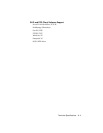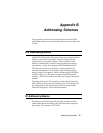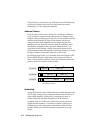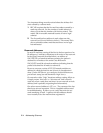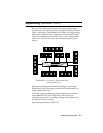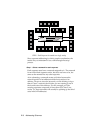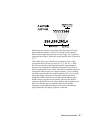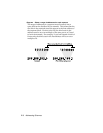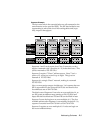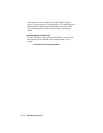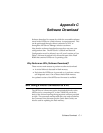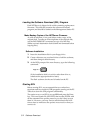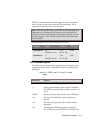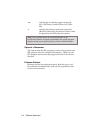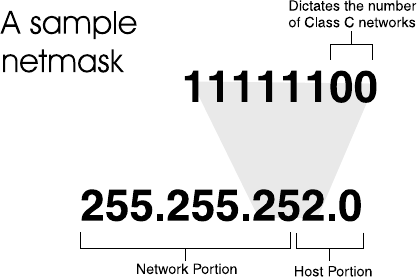
Addressing Schemes B-7
Notice that the number of zero bits in the third octet will actu-
ally dictate the number of Class C networks in the supernet.
Each zero bit makes the supernet twice as large. So, a supernet
composed of 8 Class C networks would actually have 3 zeroes (8
= 2
3
).
This would seem very limited since it restricts you to using
groups that nicely fit into a power of 2 (1, 2, 4, 8, 16...). How-
ever, inconveniently-sized supernets can be accommodated
because of a simple fact: a netmask with more 1 bits will over-
ride a netmask with fewer 1 bits. This allows a smaller supernet
to share the address space of a larger supernet. If, for example,
you had a supernet of size 6 and a supernet of size 2, you could
assign the larger supernet an 8 network address space and
assign the smaller supernet the portion of that address space
that the larger supernet was not using. Because the smaller
supernet’s netmask has more 1 bits, packets whose address was
part of its address space would be routed to the smaller
supernet even though the address is also part of the address
space dictated by the larger supernet’s netmask.



